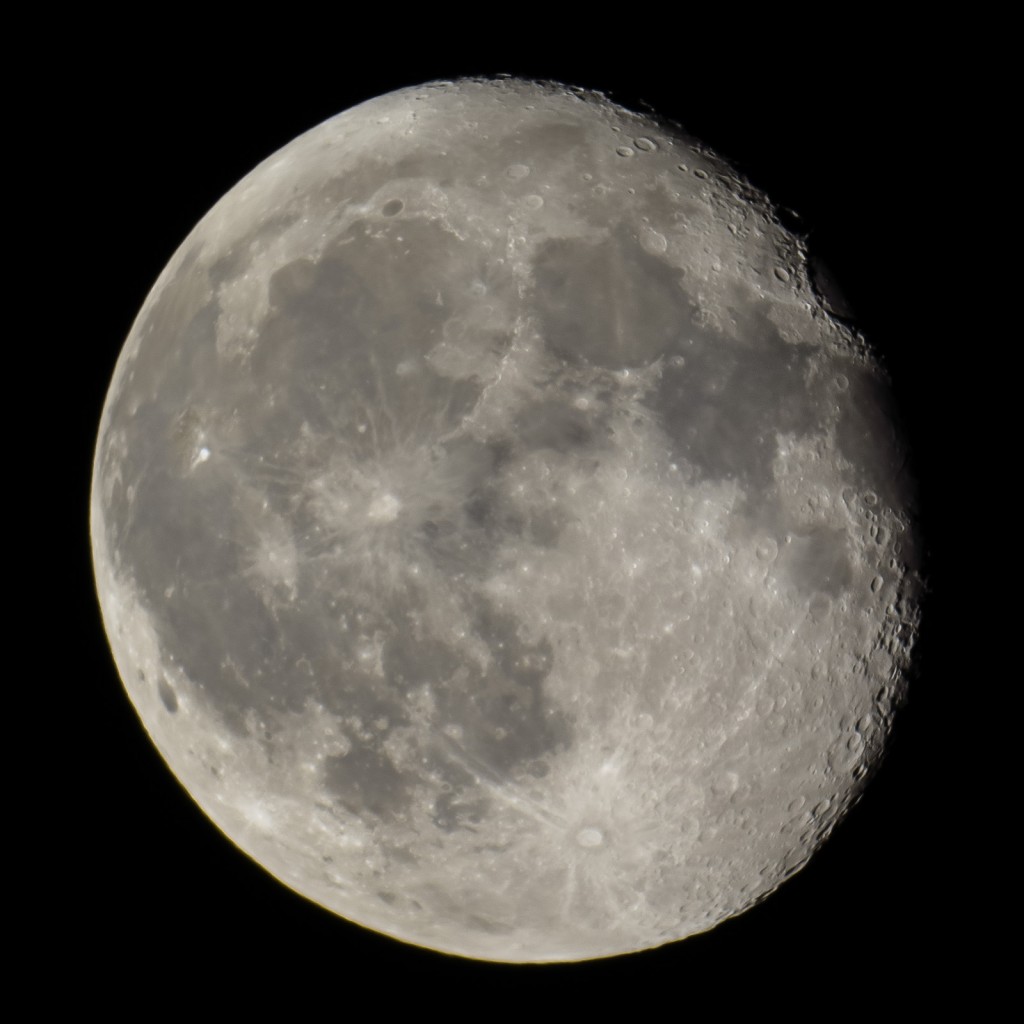With temperatures below freezing and a strong cold wind biting into the flesh of my hands I retreated to the warm inside of the house after only a few minutes, this is a stack of 6 shots using Autostakkert.
AP 127mm f/8, Nikon D7000, ISO 1000, 1/400s
